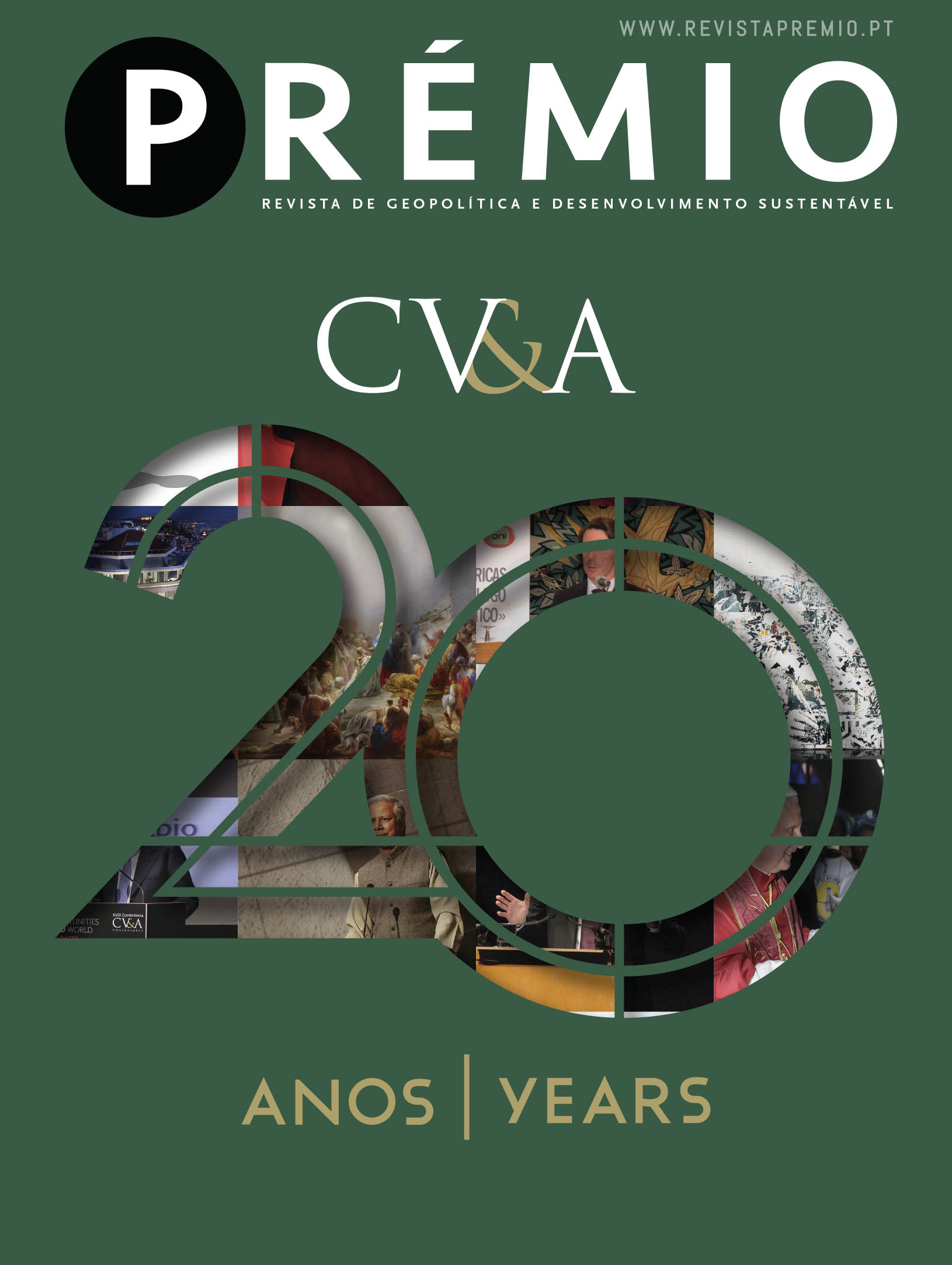Francisco Velez Roxo, Economist/Manager, Professor at the Portuguese Catholic University and President of the Municipal Assembly of Alter do Chão
The mix of reflections on what we are, what we want and what we have is often identified in psychology and behavioural sciences, as “our inner self”. In the following lines, “my inner self” will be covered extensively but rather “the inner part of us in geographical terms”, the hinterland where I was born and where I live intensely and I often reflect upon, based on the central vision, a recurring national theme: “What is the hinterland there for?”
Crossing Portugal from North to South, drawing an axis of around 50 km away from the coast, is travelling the only road that crosses the country from the north to the south, through the hinterland, the National Highway 2, enjoying different landscapes, traditions inviting us to reflect on how beautiful Portugal is and to feel the winds of Spain and to ask: “And what is there in between, all the way to the border?”. And we know than when we head to the coast there is a lot to see, both varied and beautiful, fresh and convivial, overlooking the sea. Starting in the mountains in Trás-os-Montes, through the slopes of Douro River, the curves of the Beira provinces and wandering through the long plains and the fields of the Alentejo until reaching the Algarve Barrocal, making the journey on the NH 2 is taking a look at what Portugal is, before entering the “deep hinterland” all the way up to the border.
When I read Torga in my youth, I was always stuck with the manner how he compared Trás-os-Montes with the Alentejo where I was born: “In Portugal, there are two big things, in terms of both strength and size: Trás-os-Montes and the Alentejo. Trás-os-Montes is the impetus, the upheaval; the Alentejo, the breath, the expanse of the will”. And, in this reference framework, I kept deepening my comparative knowledge of these two regions, integrating also the Beira provinces (all the more so as I married a woman from a Beira province) and after a certain point, and particularly after 1974, I developed a growing segmented passion for the hinterland. Because I could not contain my outrage in light of this notorious abandonment and depopulation. Which is still there and has even increased in some cases.
I will always have my Higher Alentejo, my “heart and passion” in those moments of longing and discouragement, in my “head and bile”, and I try to stick to the belief that some of this forgetfulness may pass one day. And I thus keep living “My Hinterland” and I adhere in many ways to the efforts being made to help improve this situation.
At the end of the 19th century, Portugal was a country “at the forefront of social aspirations” despite being one of the poorest countries when compared to the rest of Western Europe. The inner regions of the country were depopulated and the south of the country was indeed a distressing case of low population density: less than 600,000 people lived in 32,000 km2 and Portugal had in overall terms the slowest population growth in Europe, just above France. As the twentieth century unfolded and the two world wars ended, the Alentejo of the “wheat campaigns” and “farm labour exploitation” on large farms, but also of agriculture and cattle raising started hearing the words “irrigation, new industrial units for the transformation of raw materials such as cereals, cork, olives and grapes ”. And many of these units did see the light of day. But they were always very little compared to what was happening in the neighbouring Spanish Extremadura province.
And only after we joined the European Union in 1985 (then the EEC), did the flames of hope and a new impulse for “My Interior” granted this region the right to have a say and entitled it, obviously, to the funds available for both investment and development. Not always successful and put to good use.
As regards the District of Portalegre, “My Hinterland” establishing the transition with the Beira provinces, I did witness a great deal of enthusiasm. A fair deal of new agriculture and tourism projects were started. But few young people settled here or returned to this region. And the number of births decreased and the old departed from this world. There are more and more elderly, that’s a fact. But with a low quality of life.
Municipalities, with their thousand challenges and difficulties as regards innovative skills have become above all “centres” of administrative employment. But they have been able, nonetheless, to preserve a fair amount of architectural and cultural heritage. The traditional tourist triangle: Portalegre, Castelo de Vide, Marvão, was joined by the multifaceted cities of Elvas, Campo Maior, Alter do Chão, Ponte de Sôr. But the results are still timidly visible, in comparison with the other Alentejo provinces: Central, Lower and Coastal Alentejo.
Torga never abandoned the roots of his wild heart from Trás-os-Montes, “miles and miles of angry, bristly ground, heated by a sun that burns like fire and cold snow”. I, modestly, but with intact courage, keep believing that “a miracle” will happen in “My Higher Alentejo”, “My Alter do Chão”, this galaxy of white villages with cobbled streets and windows with iron bars and smiles that quench the thirst in this place which, as Torga generically defined it “the red-hot late afternoon sun fills the tops of the cork trees with astonishment.” A miracle for the souls of those who believe that the Hinterland will be a true Paradise for those who live and visit it. I want to believe.







